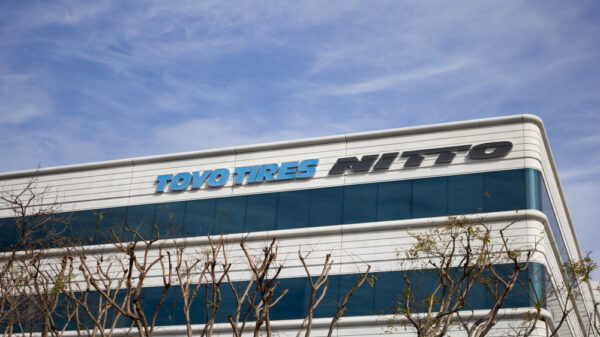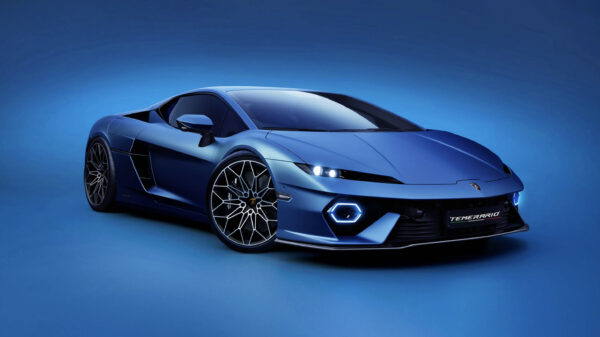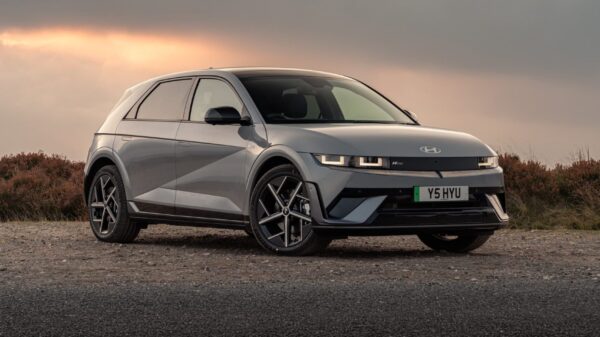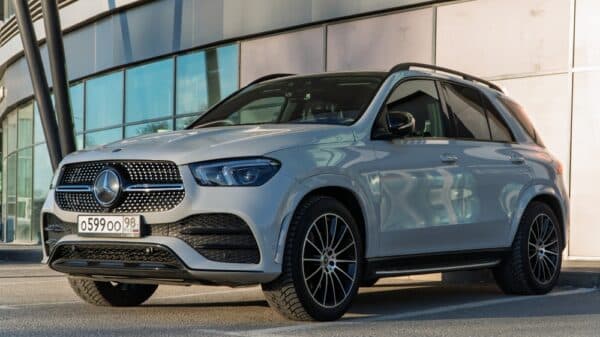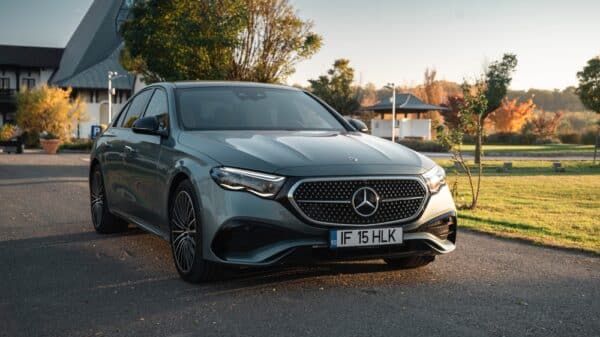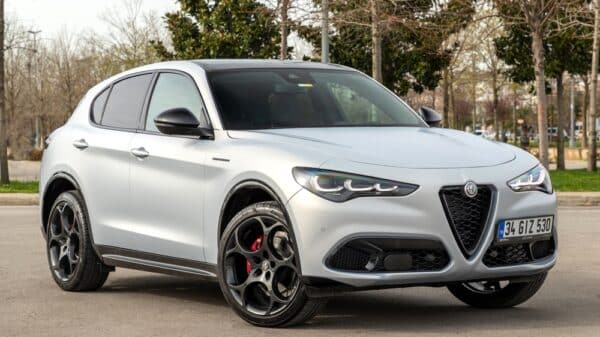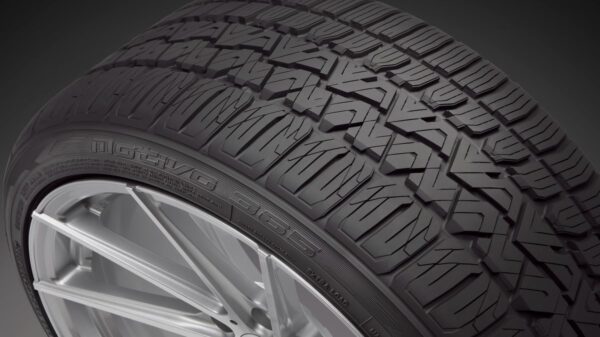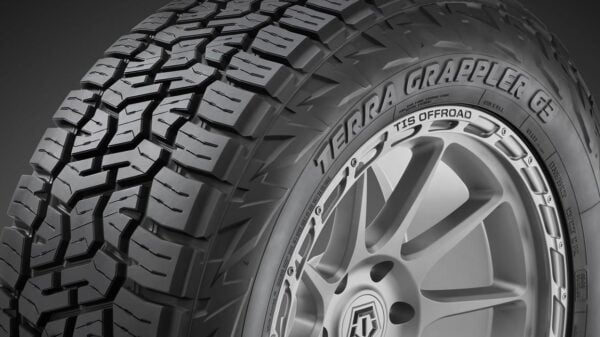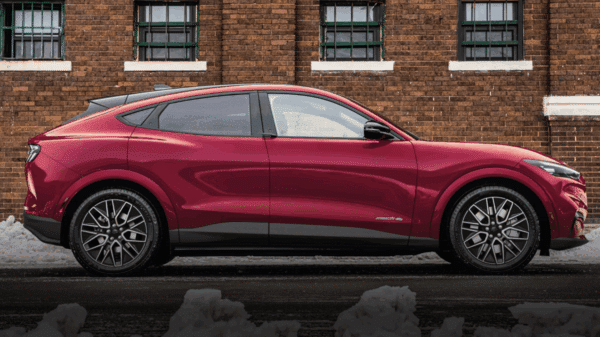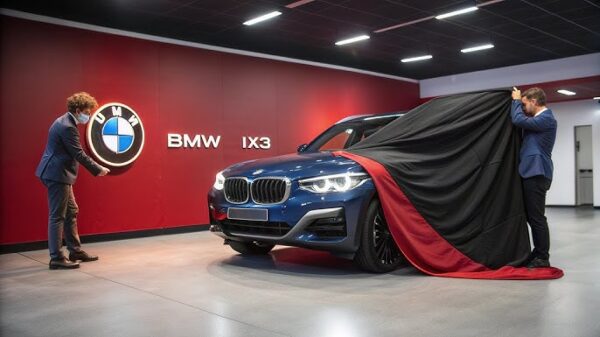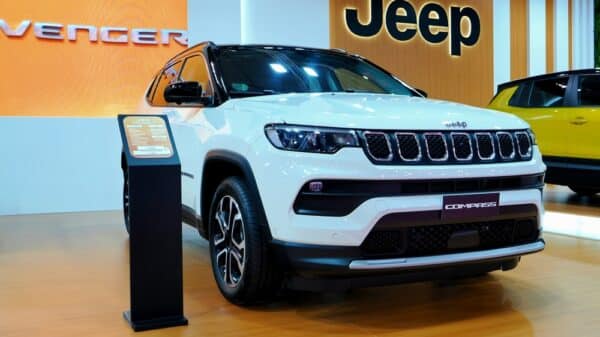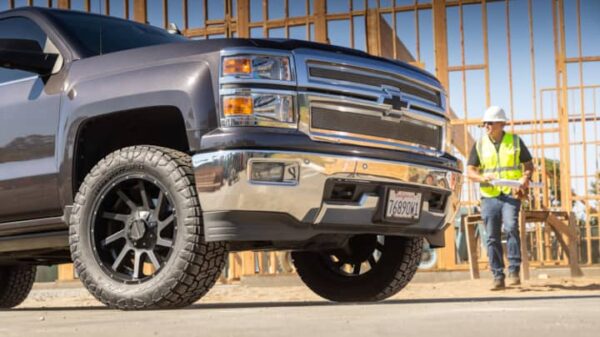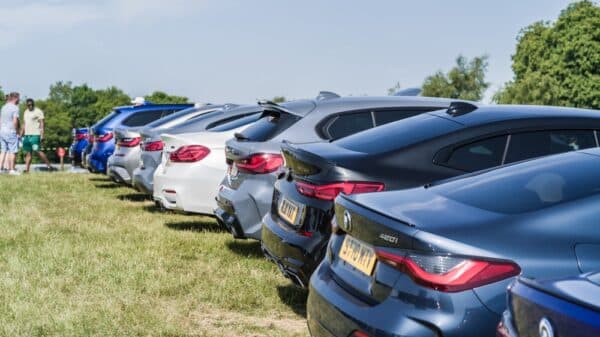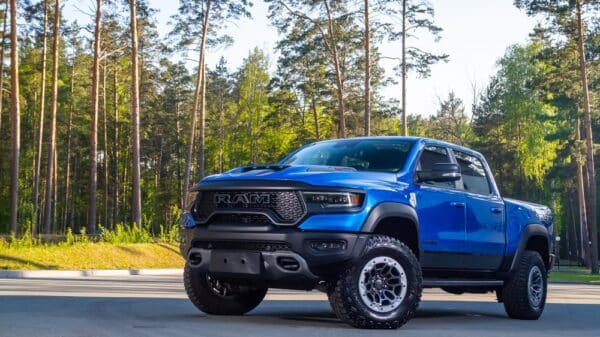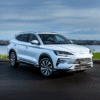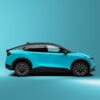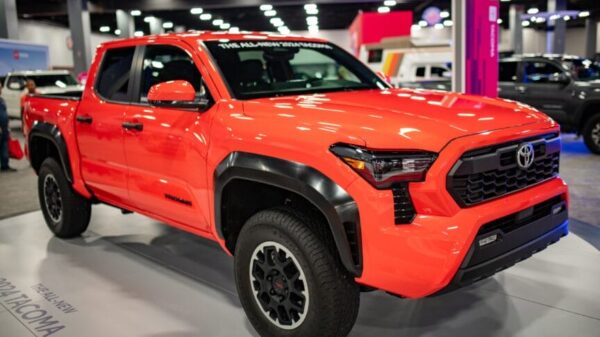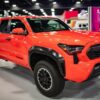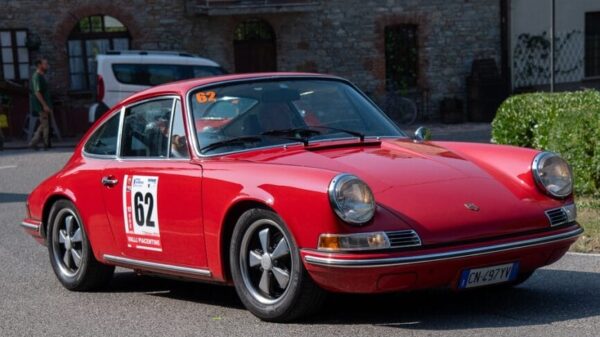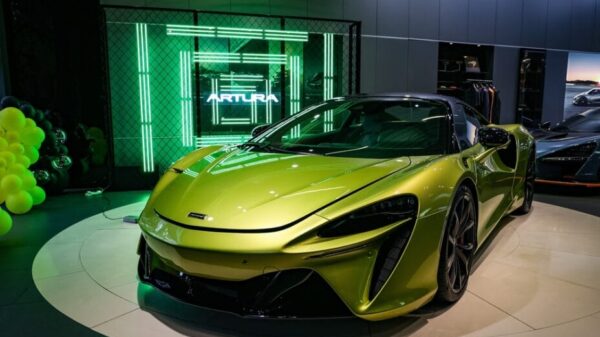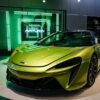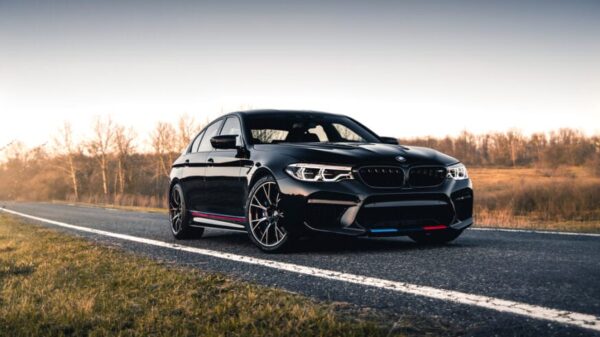Luxury automakers are at an intriguing crossroads as they navigate the shift towards electric vehicles (EVs). They find themselves needing to introduce electric versions of their popular models while simultaneously keeping their internal combustion and hybrid variants relevant for longer than anticipated. This balancing act often involves working on different platforms simultaneously.
Porsche has already entered this transitional space with the Macan, while BMW is poised to release the iX3 and X3 later this year. Now, Mercedes-Benz is stepping up with an electric version of its GLC crossover, expected to hit the market in Spring 2026. With most of the development already completed, the Stuttgart-based automaker recently invited us to experience a camouflaged prototype at its expansive testing facility. While we are still a while away from the production model—evidenced by the hidden interior and groups of engineers buzzing around—the early indications are certainly encouraging.
What is the 2026 Mercedes-Benz GLC EV?
Last year, the gas-powered GLC crossover was Mercedes’ best-selling model, both globally and in the U.S. Therefore, it makes perfect sense for the brand to roll out an electric equivalent that retains the familiar name for customers. The “EQ” nomenclature, which has felt somewhat detached from its conventional models, will be cast aside in favor of a simpler identity.
Mercedes made an initial attempt at launching a small electric crossover with the EQC in 2019. This model shared its platform with the internal combustion GLC and was initially slated for a U.S. release, which ultimately didn’t pan out. Instead, the larger EQE SUV debuted in 2022, leaving many wondering when an electric GLC would materialize.
The upcoming GLC EV is built on a new 800-volt platform, distinctly separate from either the gas GLC or the electric CLA. This adaptable architecture hints that we can expect to see it in future electric Mercedes sedans and crossovers as well. Notably, the new GLC boasts a lower roofline and a more aerodynamic profile than the gas-powered version, due in part to its increased 3.3-inch wheelbase, lending it a sporty, wagon-like appeal.
Despite this sleeker appearance, Mercedes assures us that the new GLC provides even more headroom, passenger space, and cargo capacity compared to the existing variant. While the trunk’s 19.8 cubic feet falls short of the gas GLC’s 21.9, it intriguingly adds a front trunk (or frunk) with 3.5 cubic feet of storage, a delightful feature that previous Mercedes-EQ models didn’t offer—those cars didn’t even allow owners to lift the hood!
Range and Performance
The test model I experienced was the launch configuration known as the “400e,” equipped with a substantial 94.5-kWh battery and dual electric motors—one for the front and one for the rear. In low-traction or spirited driving situations, both motors come into play, but the front motor can disengage for enhanced efficiency when it’s not required. Future models are expected to offer a single rear motor option.
Mercedes boasts an impressive estimated range of 403 miles (650 km) on the European WLTP cycle; in practical terms for U.S. buyers, we’re looking at around 320 miles (515 km), give or take. The battery utilizes nickel manganese cobalt (NMC) cells, with plans to have a lithium-iron-phosphate (LFP) option in certain markets. While LFP packs are more budget-friendly, they usually offer reduced range compared to their size.
When it comes to charging, the GLC shines with a peak capability of 320 kW on an 800-volt DC fast charger, allowing for a remarkable addition of 161 miles (260 km) in just 10 minutes. Mercedes has confirmed that the GLC will include a North American Charging Standard (NACS) port and will be compatible with Tesla Superchargers. However, due to Superchargers operating at 400 volts, charging in the U.S. may be slower than in Europe. For context, the Tesla Model Y can charge at 250 kW on a V4 Supercharger, while the Porsche Macan EV maxes out at 270 kW.
The GLC 400e generates 483 horsepower (360 kW), which puts it in a competitive range—just above the electric Macan 4 but below the 4S. Interestingly, the GLC features a two-speed transmission, akin to the Porsche Taycan, which helps improve efficiency at high speeds, though Mercedes hasn’t clarified whether this transmission was developed in-house or sourced from an external supplier.
Driving Impressions
During my brief 30-minute stint behind the wheel in a prototype at Mercedes’ expansive Immendingen test facility, I had a chance to get a feel for the GLC EV. While time was limited, I immediately sensed that the vehicle was agile, quick, and intuitive to drive.
The prototype accelerated smoothly, delivering that instant EV thrust while avoiding any harsh throttle responses. In tighter uphill turns, the GLC exhibited excellent grip without any noticeable wheelspin. The vehicle incorporates three regenerative braking modes, including one that allows for one-pedal driving—an appealing feature I found to be both intuitive and enjoyable. I wished I could have explored the possibility of saving preferred drive modes, as current Mercedes EVs have faced criticism for not retaining user settings between startups.
Maneuverability is enhanced through rear wheels that can steer up to 4.5 degrees, providing a turning radius of just 36 feet (11 meters), slightly better than the Macan. This feature felt quite natural during my drive, making the GLC an agile partner on twisty roads and while navigating parking lots.
The GLC’s suspension system also left a positive impression—the dual-mode air suspension, featuring Comfort and Sport settings, effectively absorbed bumps on Mercedes’ deliberately roughened “country road.” The blend of smoothness and responsive handling contributed to a dynamic driving experience.
Stephanie Salewyn, the GLC Chief Engineer, shared that a key goal in development was to design a vehicle that feels rejuvenating rather than exhausting to drive. While my time was limited, I found the GLC to be quite comfortable—a good sign for future owners.
While we still lack specific details on pricing, technology features, and the final exterior design of the GLC EV, one thing is clear: Mercedes-Benz is taking this venture seriously, and rightly so.
Launching a new EV is no simple feat, especially in the current automotive landscape, which presents its own set of challenges. The GLC will be manufactured at the Mercedes plant in Bremen, Germany, meaning it will incur a 25% import tariff for the U.S. market—an obstacle that could hinder competitive pricing. Additionally, the model’s success will likely depend on software and user interface quality—areas where Mercedes has faced some hurdles in the past.
There’s a growing demand for high-quality EV options among consumers, and I’m excited to see Mercedes finally stepping up to compete with brands like Porsche, BMW, and Tesla in a crucial segment. However, for now, we’re in the “wait and see” phase as we anticipate details on its charging performance, technology offerings, and pricing strategy. Time will tell how this all unfolds, but competition in the EV market is undoubtedly heating up.
Image Source: NamCar @ YouTube




